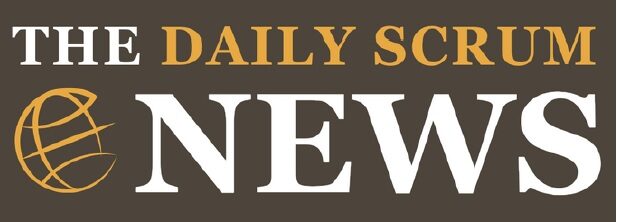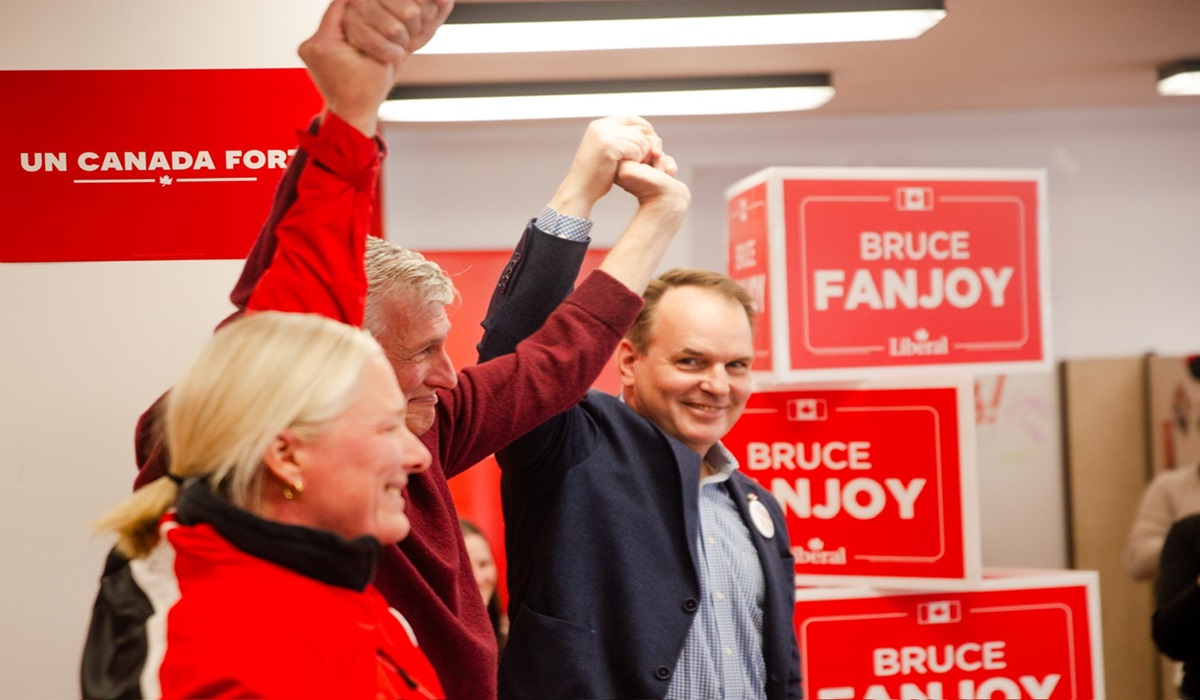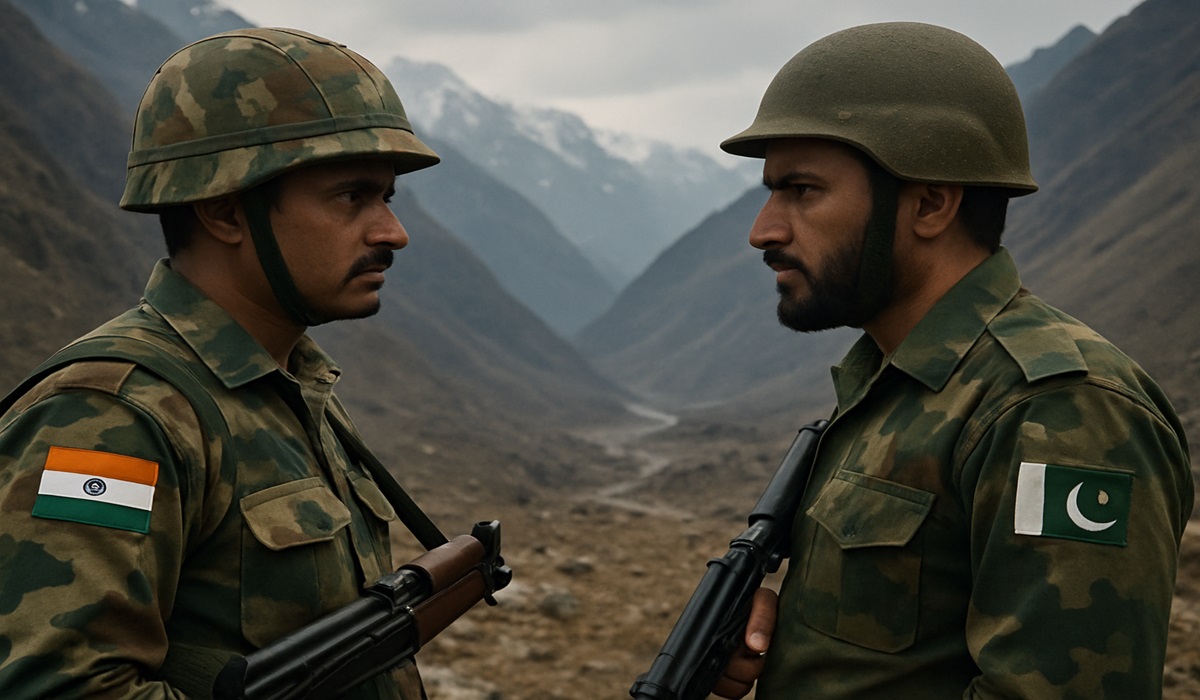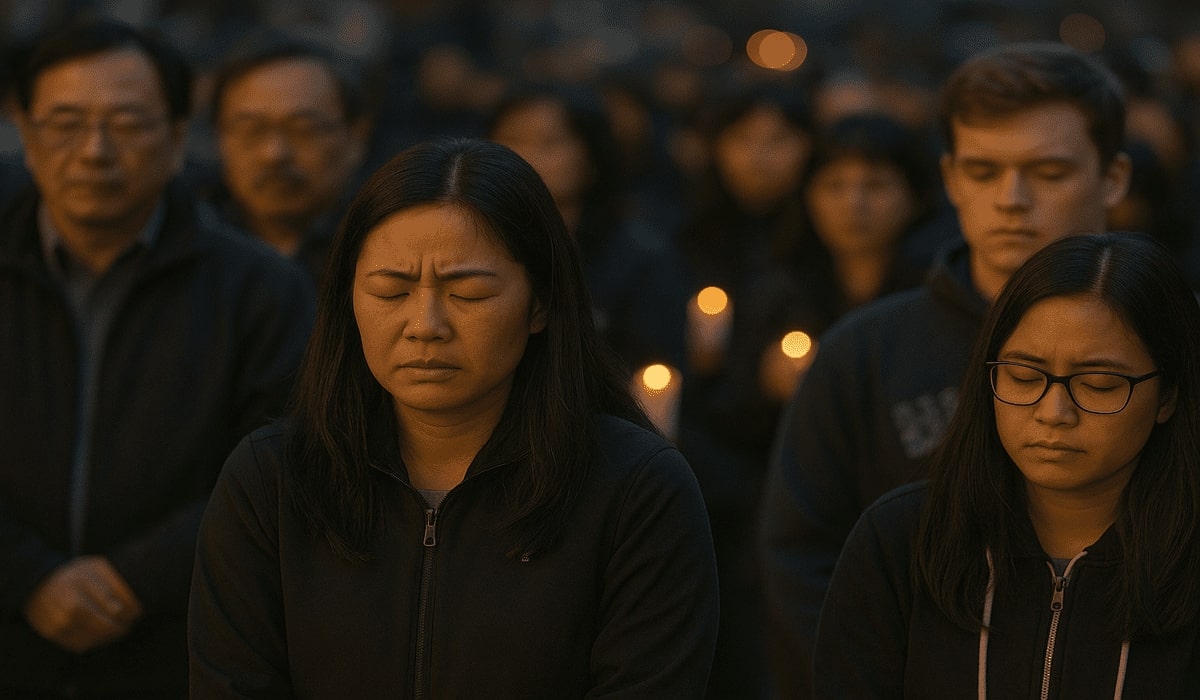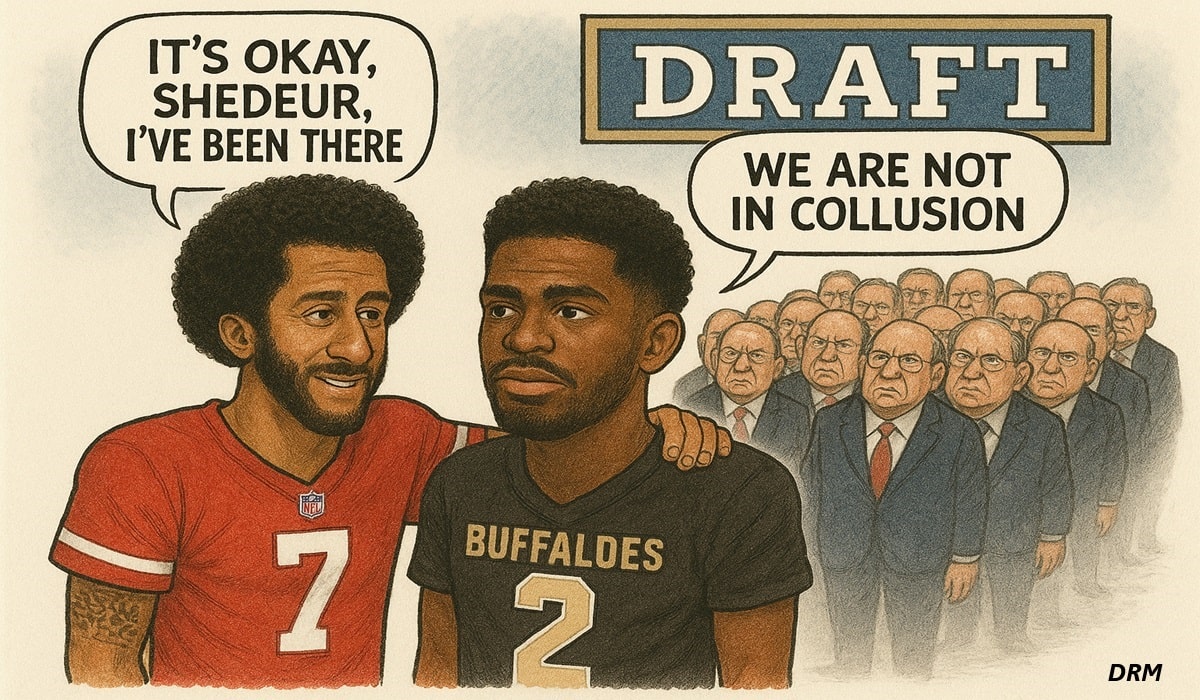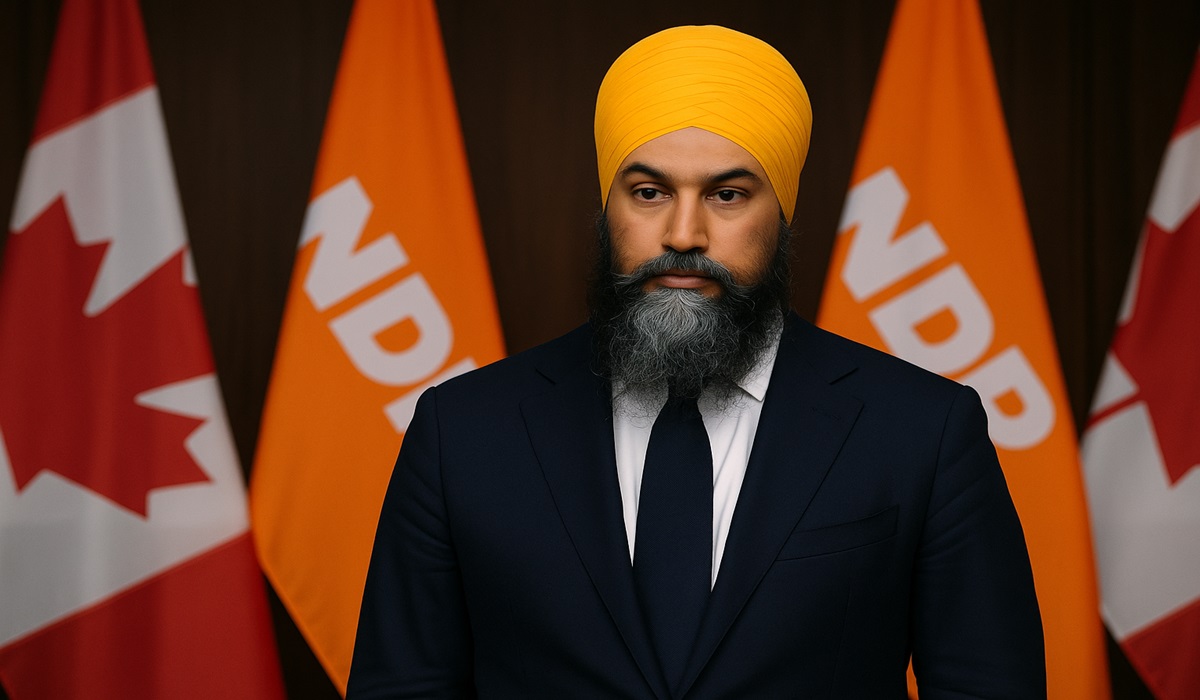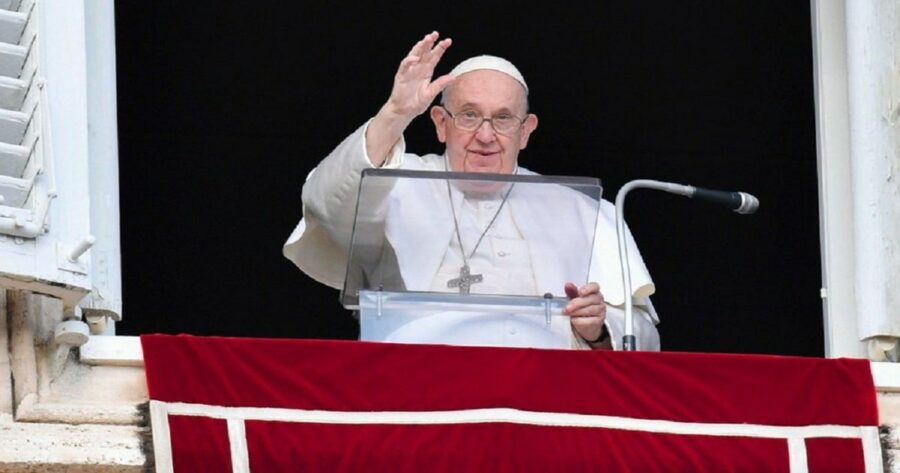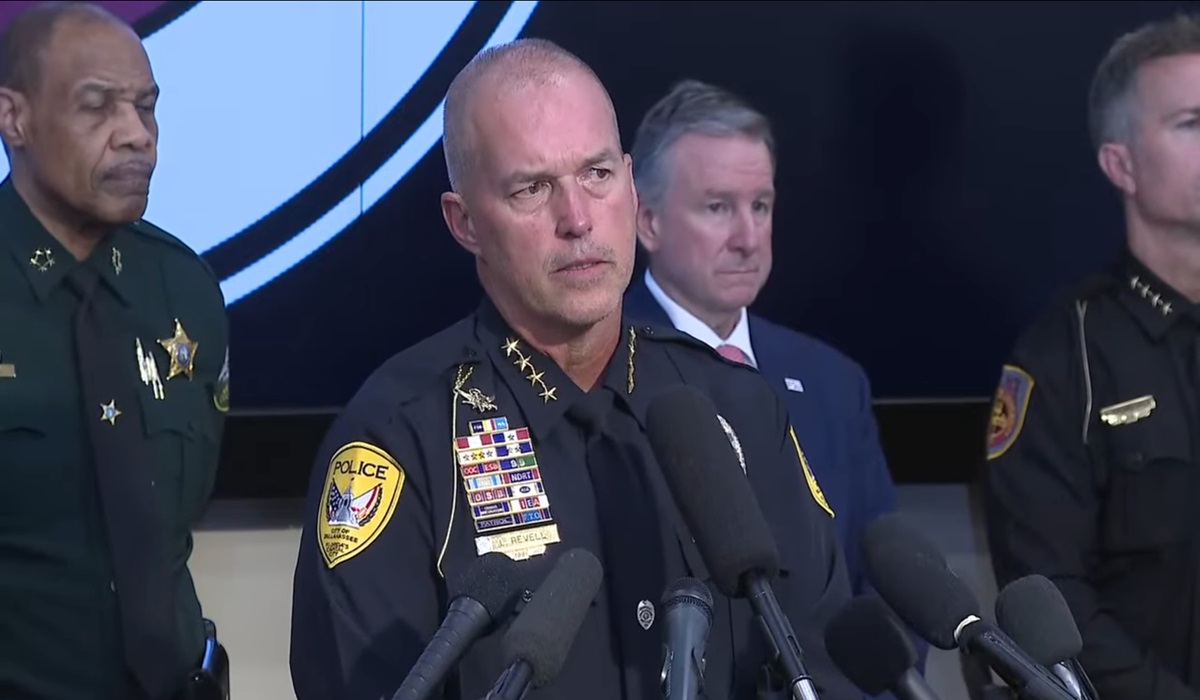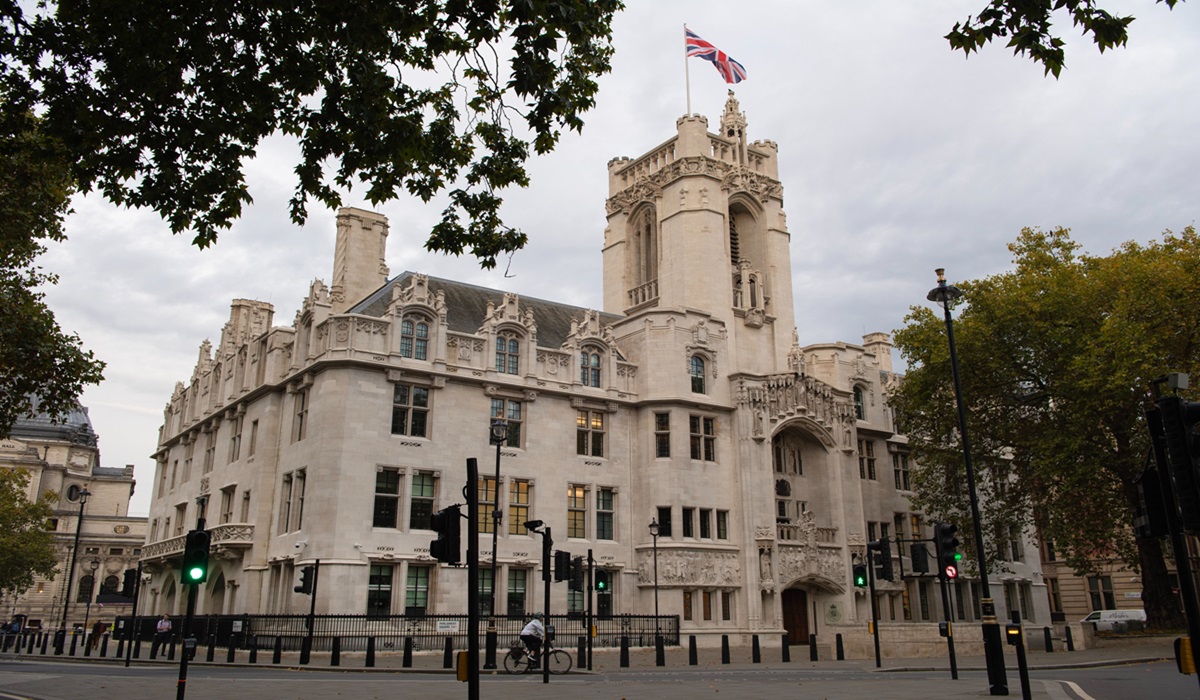Holding Their Breath: Canada Wakes Up to Another Liberal Government
- Ingrid Jones
- Breaking News
- Elections
- April 29, 2025
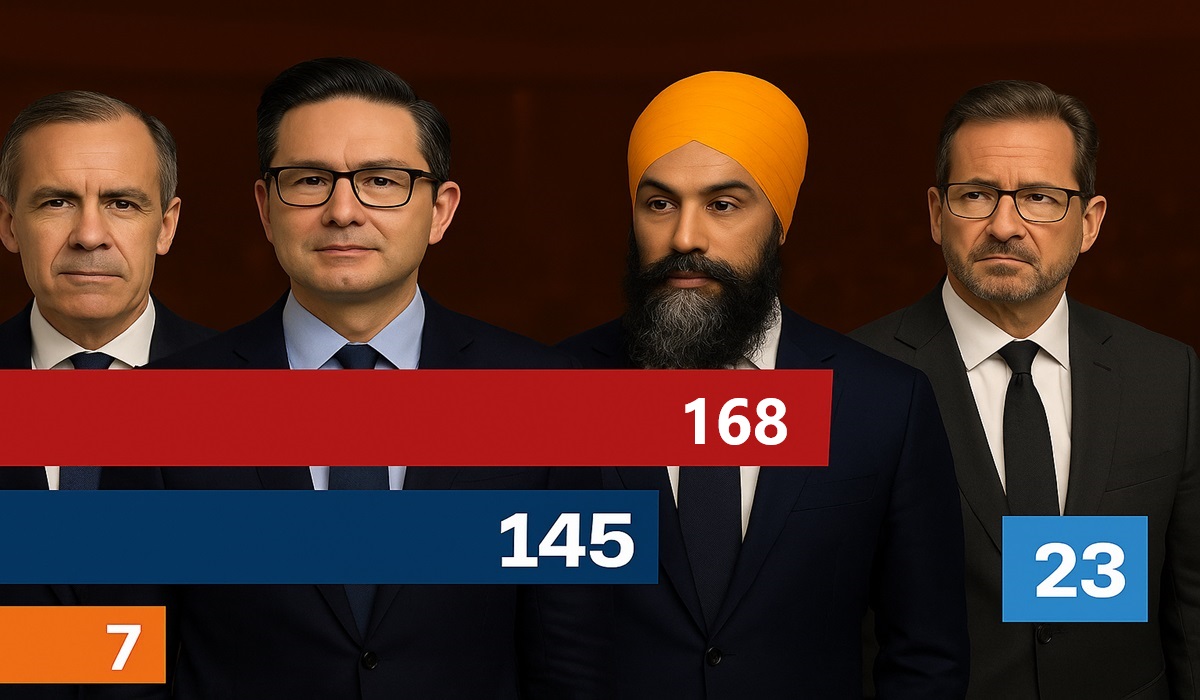
In a night that will be studied and dissected for years to come, Canada’s federal election produced results that few pollsters, pundits, or political operatives could have confidently predicted. As of early morning projections, the Liberal Party is poised to secure an unprecedented fourth consecutive mandate, currently leading with 167 seats — just five short of a majority in the 338-seat House of Commons. Meanwhile, the Conservative Party stands at 145 seats, within striking distance but still facing a gut-wrenching shortfall. With many ridings still mired in counting disputes and judicial recounts expected, the final tally remains uncertain, but the broader picture is unmistakable: Canadians chose a precarious, uneasy continuity over bold new directions.
This election defied the narrative arcs carefully spun by pollsters. In the days leading up to the vote, some polls predicted a Blue Wave ushering in a Conservative government; others heralded a Red Wall solidifying around the Liberals. What Canadians delivered instead was a quasi-hybrid — a fractured semi-Blue Wave, a muted repudiation of far-left Liberal policies, yet a reluctant endorsement of the status quo, fearing what a hard-right or chaotic transition could entail. It was, in every sense, a protest election — but one without a clear or coherent beneficiary.
A significant factor looming over the outcome was the so-called “Trump Effect.” President Donald Trump’s renewed rhetoric about Canada becoming America’s “51st state” undoubtedly reverberated across the border, unsettling many Canadians. For a country that treasures its distinct identity, even the specter of absorption into American-style governance and economics was enough to galvanize large swaths of reluctant Liberal voters back into the fold, holding their noses and voting not for hope, but against fear. The Trump factor, for better or worse, likely saved the Liberals from an outright defeat — a reality both sides will have to reckon with.
Yet this was not a victory painted in broad, confident strokes. The Liberals’ hold on power feels brittle, their support increasingly urban, elite, and regional. The rural-urban divide widened sharply. Alberta, Saskatchewan, and much of rural Ontario painted themselves deep Conservative blue, while the metropolitan centers of Toronto, Vancouver, and Montreal clung to red. The fractures are real, and growing.
Meanwhile, the New Democratic Party (NDP) suffered a historic collapse — a humiliation long in the making, but no less painful in its culmination. Teetering on the edge of relevance, the NDP is currently projected to win only seven seats — five short of the twelve needed for official party status, which comes with crucial resources and speaking rights. The verdict was unmistakable. Under Jagmeet Singh’s leadership, the NDP has withered from a force capable of shaping national debate to a political afterthought. Every cycle under Singh has seen a net loss of seats since the charismatic days of Jack Layton. Last night was the final reckoning.
Fittingly, Singh offered his resignation, acknowledging not only the evaporation of party status but the unthinkable reality that he failed to win his own seat. In politics, symbolism matters — and nothing signals a repudiation more clearly than a leader being rejected by his own constituents. The writing had been on the wall for months: the NDP’s inability to field a full slate of candidates, Singh’s inability to fundraise effectively, and the optics of a leader flying commercial while rivals crisscrossed the country on chartered planes underscored a campaign of slow collapse.
The road back for the NDP will be long and painful. As of now, there is no natural successor with the star power, charisma, or strategic savvy to reverse its fortunes. The one figure who might have offered hope — Manitoba Premier Wab Kinew — remains firmly entrenched in provincial politics, with no appetite for a federal leap. In truth, it may take a decade or longer for the NDP to claw its way back to relevance — if ever.
In Quebec, predictability reigned supreme. The Bloc Québécois maintained its grip on the province, proving once again that parochialism, when wielded skillfully, can be an electoral juggernaut. Yet the existential question remains: can a party devoted explicitly to the interests of a single province, beating the old drum of soft separatism and Quebec-first politics, continue to be treated as a national force? Their continuing participation in federal governance seems increasingly paradoxical: wanting the benefits of Confederation without embracing its collective responsibilities.
For the Liberals, the face of the future is Mark Carney. Winning easily in a safe Toronto riding after booting Chandra Arya stepped aside, Carney now sits in Parliament. But make no mistake: Carney is a carbon copy of Justin Trudeau in both policy and tone, and his own controversies — including secretive business dealings, questionable interactions with Trump, and a suspicious migration of corporate assets abroad — are fresh scars that Canadians will not easily forget. The challenge for Carney will not be assuming leadership — it will be convincing Canadians that he can be trusted after so many broken promises and ethical lapses under Trudeau.
And yet, for all the Liberals’ perceived weakness, the Conservative Party must now face its own hard truths. Pierre Poilievre, the man who was supposed to ride the Blue Wave into power, stands humiliated. In a stunning upset, Liberal candidate Bruce Fanjoy unseated Poilievre in Carleton, a riding many once considered his unassailable fortress. It is the sort of political earthquake that shatters not only individual careers but entire party strategies.
There is no sugar-coating this: losing one’s seat as party leader is a fatal wound. In Canadian politics, there is no modern precedent for surviving such a defeat. Poilievre has indicated a desire to remain leader, but history and political gravity are not on his side. The Conservatives will be forced into a leadership search, and this time, the stakes could not be higher.
Poilievre’s appeal to the base was never the problem — it was his tone, his polarizing style, and his inability to expand beyond the converted. Winning over disaffected Liberals, moderates, centrists, and young Canadians requires a leader who can inspire more hope than resentment. That is the difference between building a protest movement and building a government.
As leadership speculation begins, one name rises quickly to the surface: Dr. Ruby Dhalla. The former Liberal MP, unfairly disqualified from the Liberal leadership race, is now seen as a once-in-a-generation political talent who could rejuvenate the Conservative brand. If she chooses to run for the Conservative leadership, there is little doubt she would win — and in doing so, offer a new face capable of attracting Liberal centrists, moderate conservatives, new Canadians, and younger voters eager for both change and competence.
In the coming days, Canadians will awaken to either the news of a Liberal minority or a slim majority. Either way, it is a sobering reality: for four more years, expect a continuation of far-left ideological policies, high taxation, aggressive climate measures, and culture wars that leave the country deeply divided. Canada remains a nation at a crossroads, its people yearning for real leadership — not soundbites, not identity politics, not ideological extremism, but serious, thoughtful, ethical governance.
And if last night taught us anything, it is that until a party truly learns to speak to the hopes and anxieties of the entire nation — not just its ideological tribe — Canada’s elections will continue to produce fractured, unstable, and deeply unsatisfying outcomes.
